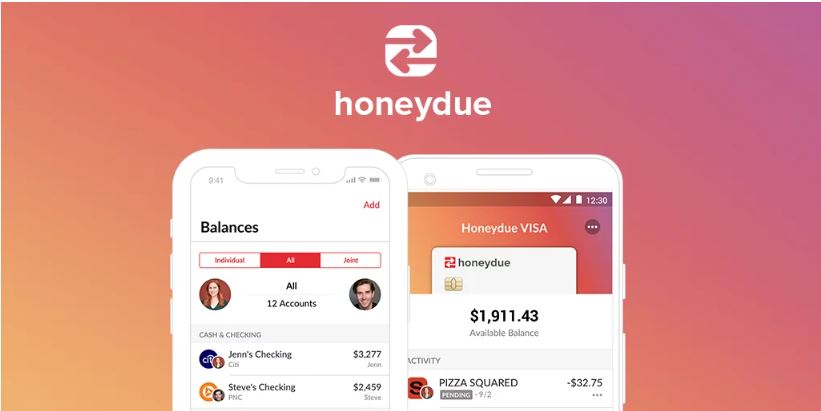Ask anyone what their financial goals are, and savings is likely to be a common theme. Whether it’s retirement, a dream vacation, or a new home, a healthy savings account is essential for many of life’s highest aspirations. However, too few people are doing what’s necessary to acquire the savings they need. They simply haven’t established a process that will enable them to achieve their goals.
Fortunately, it’s never too late to start saving. The key is starting as soon as possible and saving the right way. Getting into the right mindset and developing good habits is how anyone can become a savings superstar. These five tips will get you started on the right path:
1. Make Savings Automatic
To reach the status of savings superstar, you need to make saving money an automatic process. That way you never forget to set aside money for savings each month or find an excuse not to make a deposit. Most banks allow you to set up a regular transfer that will send money from your checking account to savings without any extra work.
While these lump sums provide a great base, there’s another form of automatic savings that will compound your saving efforts. In addition to your regular contributions, you can use a round-up feature that pads your savings balance with your every Starbucks latte or Amazon delivery.
To do this, all you need is a debit card that enables round-up saving on every purchase you make. Each time you make a transaction with your debit card, the total is rounded up to the nearest dollar. The difference is automatically placed into savings, where it steadily adds up.
2. Use the 50/30/20 Rule
There’s a budgeting guideline that you can use to dedicate the amount of savings you put aside each month. The 50/30/20 rule suggests the percentages by which you should divide your income. The breakdown is as follows:
- 50% goes to your essential needs, such as rent, groceries, and insurance.
- 30% is the amount you allocate for your desires. Going to the movies, buying a new video game, and eating at your favorite restaurant fall under this category.
- 20% is then allotted to savings and debt repayment. While the smallest percentage of them all, it’s a fair amount to set aside each month for savings.
Of course, the less debt you have to pay off, the more you can put into savings. For any existing debt, make all your payments on time to avoid late penalties (and harming your credit rating). Make a plan to pay off balances as quickly as possible so you’re not squandering your money on interest. Try to avoid acquiring any additional debt unless absolutely necessary.
Following a formula like this constructs your budget in a way that enables saving habits. Otherwise, that 30% of personal spending can easily overtake the remainder of your budget. You can tweak these numbers somewhat, but just be sure to stick to the plan that you’ve established.
3. Save Before You Spend
A common piece of financial advice when it comes to saving is “pay yourself first.” This means you should put aside money for savings before spending any money. This guarantees you will always put some savings aside instead of looking back and realizing you’ve already spent your monthly income.
Using the 50/30/20 rule, you would start by setting aside 20% of your paycheck or other income before doing everything else. Only then would you cover your essential expenses and enjoy some luxuries. By following a 20/50/30 order, you’ll likely run out of money only when you get to your nonessentials. And those are things you can live without.
4. Get a Side Hustle
Let’s say you have some hefty student loans that make it seem impossible to put aside any money into savings. One solution is to shift your budget around to accommodate more savings. You can do this by sacrificing wants and desires or by finding savings on expenses that can be allocated elsewhere. Another solution is to find a side hustle that will generate some extra income.
Anyone can make money on the side of their full-time job if they look in the right place. Side hustles are flexible, meaning you can put in hours when you’re able without committing to a set schedule. Even a few money-earning hours on the weekend will give you a leg up on your finances.
Your side hustle can be anything from delivering packages during busy seasons to being a freelance graphic designer. Use your skills and passions to make some money on the side and use that income to fill up your savings account. In time, your side hustle might even flourish into a full-fledged business that’s more fun and exciting than your current job.
5. Look for Ways to Invest
Even in a high-interest savings account, you’re not likely to beat the inflation rate of the U.S. dollar. In the past decade, the dollar has inflated by 20.64%. This means that $100 dollars in 2010 would have a purchasing power of $120.64 today.
Instead of discouraging you from saving, that fact should prompt you to find ways to increase your return as a hedge against inflation. The way to do that is by complementing your savings efforts with investment. A 401(k) plan, for example, is a pre-tax retirement investment account that many employers will contribute to. You can grow your savings according to the fortunes of the U.S. stock market.
To minimize your risk, diversify your portfolio. Look at index funds and exchange-traded funds that cover a wide range of company stocks. For example, the Vanguard Total Stock Market ETF tracks every single publicly traded company. That means your investments are less likely to take a hit even when a particular company sees massive losses.
Ready to become a savings superstar? All you need to do is start. Sit down, draw up a 50/30/20/ budget, and kick your savings account into high gear. Use these tips and the skills you learn along your journey, and you’ll become a savings master in no time.








Add Comment